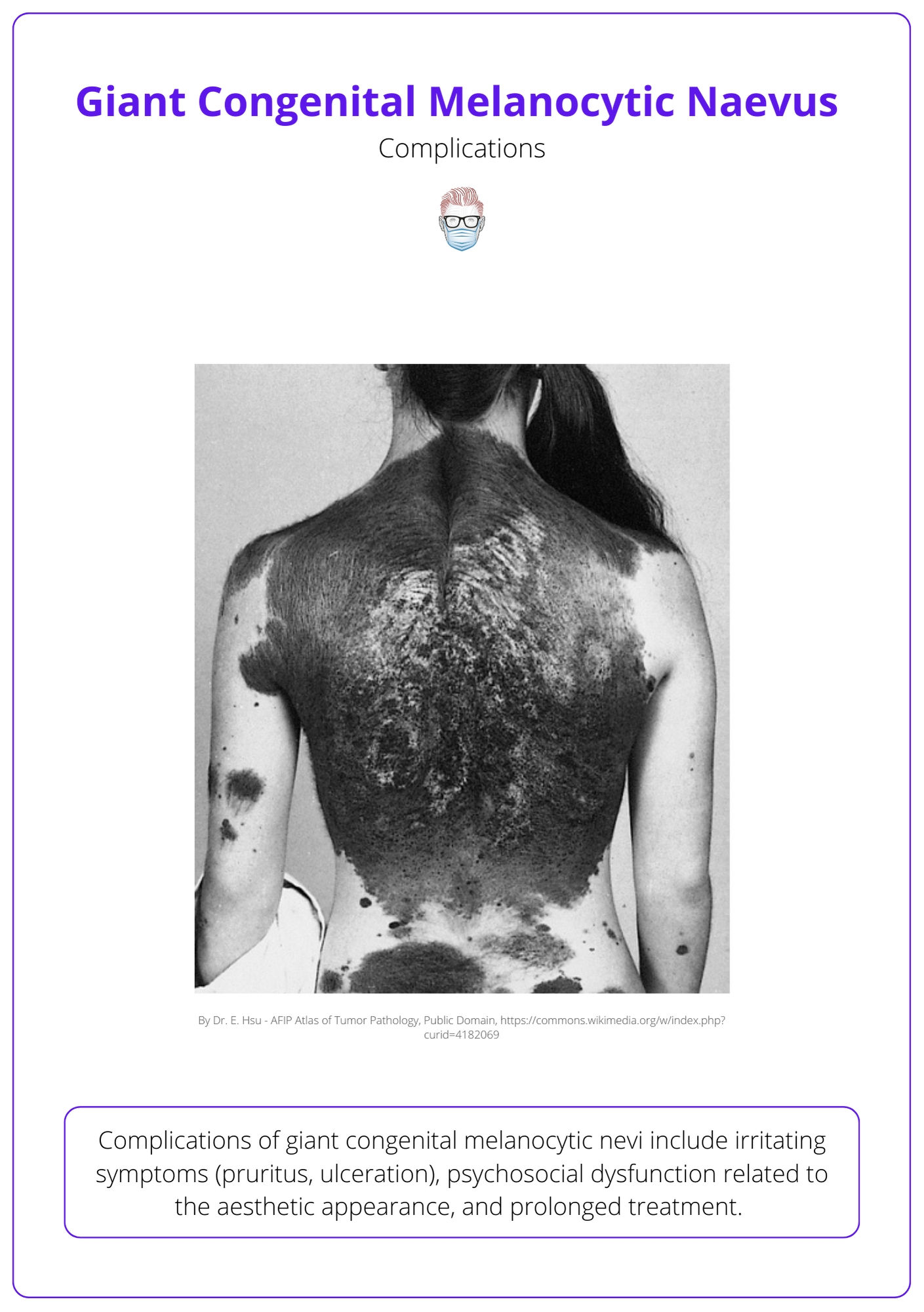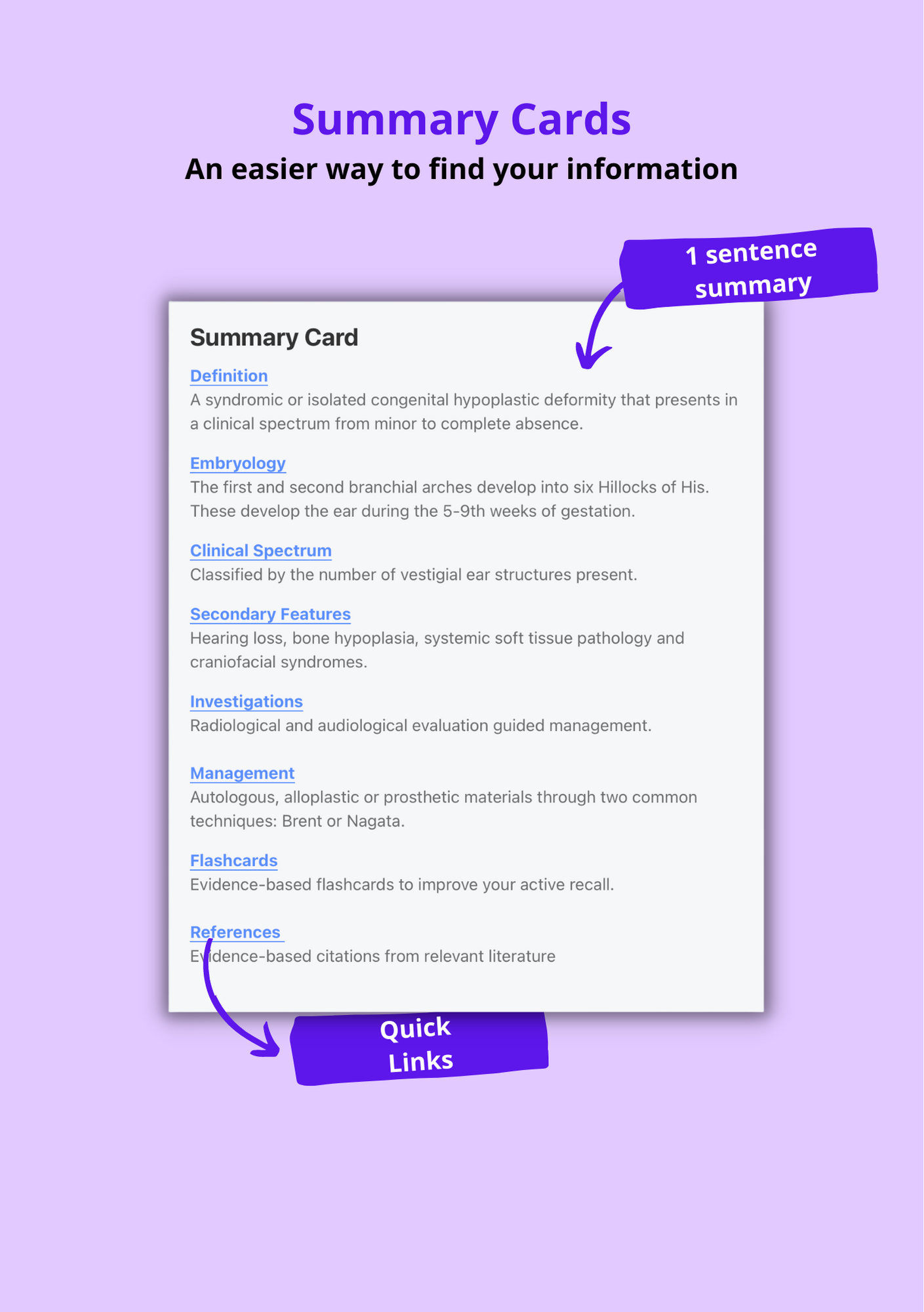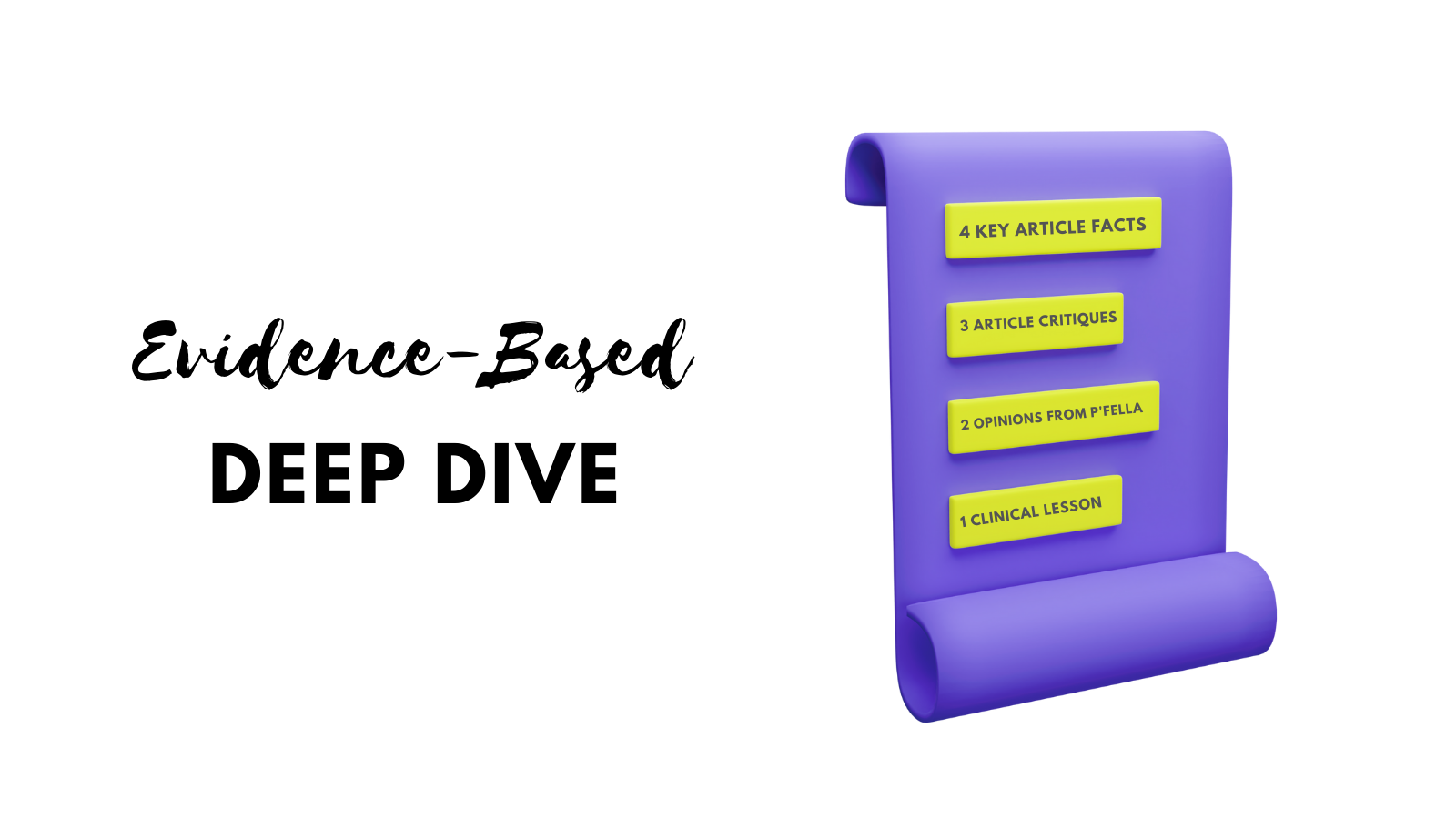In this week's edition
- ✍️ Letter from P'Fella
"Open journals" do more harm than good? - 🤓 Study on Sunday + Quiz
A big black lesion! Melanoma? - 🎭 Upcoming Events
12 upcoming events for you. - 🐣 Tweets of the Week
Memes, virals & threads. - 🚀 New Features
Summary cards are here! - 📝 Articles of the Week
3 must-reads, 1 deep-dive on Pitanguy's line!
Fun Fact: On average, it takes 12 minutes to read Burns Fluid Resuscitation.

I recently listened to the PRS Global Open Podcast titled: "The Future of Open Access Journals". Generally speaking, it's a great podcast series with a great host talking to well-respected guests. It is an interesting listen.
It's worth listening to the entire podcast, but to summarise it in one sentence - the future is "pay to publish" instead of "pay to read". So what difference does that make to the current state of academic plastic surgery? In my opinion, none. And here's why.
This financial pivot from the reader to the researcher is the same business model at its core. That is research = money. The money is just coming from a different pocket.
My hypothesis, publishers became acutely aware that plastic surgery trainees are reluctant to pay to research (because it is now free thanks to Sci-hub) but are willing to pay for a few more lines on their CVs. The researchers are independent of this process. They are at the becking of the major publishers.
What are your thoughts on this? Reply to this email. I would love to hear them!
P'Fella xx


Congenital Melanocytic Naevus
A congenital melanocytic naevus presents as a brown or black lesion at birth. It is most commonly found on the trunk and changes appearance over time with multiple satellite lesions.
Malignant transformation in patients with giant congenital melanocytic nevi can result in cutaneous or noncutaneous melanoma.
The reported risk of melanoma in patients with giant congenital melanocytic nevi ranges from 3-9%, with a lifetime risk of approximately 6% (~ 17-fold increased risk of melanoma compared with the general population).
In relation to the rate of malignant transformation.
- 50% by age 3
- 60% by childhood
- 70% by puberty
For this reason, surgical excision of high-risk cutaneous lesions is best performed in early childhood rather than delaying treatment until a later age.

- PULPe Examining children’s hands - September 26th.
- AO Hand Trauma Blended Course - September 26th
- ASSH Annual Meeting - Boston, September 2022.
- Head And Neck Siag Day - Hull, September 30th
- BAAPS Annual Conference 2022 - London, September.
- European Society of Craniofacial Surgery - September.
- BAPRAS Celtic Meeting - Dunblane, Scotland, September
- BAAPS 2022: London, Step 27th
- Skills For Junior Plastics - Alexandra Hospital, 8th Oct
- Plastic Surgery, The Meeting - Boston, October 2022.
- Aec 5.1 Limb Reconstruction - October 26th, 2022.
- AEC Limb Reconstruction - Virtual, October 2022
- BAPRAS 2022 Congress - November 2022.

La lesión de Stener se caracteriza por un deslizamiento del extremo lesionado del LCC superficial a la aponeurosis del aductor del pulgar
— Dr. Sergi Barrera Ochoa (@DrBarreraochoa) August 14, 2022
Provocando la interposición de la aponeurosis del músculo aductor
Esto evita la curación del LCC y es indicación de reparación quirúrgica pic.twitter.com/ceJfc9Rlkd
Hand X-Ray anatomy pic.twitter.com/VKBThKSjOq
— theRadiologist (@radiologistpage) August 9, 2022
MRI of a person speaking pic.twitter.com/EU1W4KUqz5
— Historic Vids (@historyinmemes) August 7, 2022

P'Fella has created an easier way to find your information.
At the top of each article, there is a summary card that provides a single-sentence summary for each of the main sections on that topic. There is also a link which means you can skip straight to the part you want to read!
Check it out below. You can see it in action in this article here.


3 Top Picks
- First Successful Face AND Bilateral Hand Transplant
Ramly et al. The First Successful Combined Full Face and Bilateral Hand Transplant. Plastic and Reconstructive Surgery: August 2022 - Volume 150 - Issue 2 - p 414-428 - Creating International Microsurgery Club Series
Sung et al. Knowledge Revolution during COVID-19 Pandemic: International Microsurgery Club Webinar Series. Plastic and Reconstructive Surgery: August 2022 - Volume 150. - Finger Joint Contractures After Dupuytren Disease
Eckerdal et al. Finger Joint Contractures 5 Years After Treatment for Dupuytren Disease: A Comparative Cohort Study of Collagenase Injection Versus Surgical Fasciectomy. J Hand Surg Am. 2022

Pitanguy's Line - Original Publication and Journal Club
Pitanguy's line is one of the most recognisable and famous surgical landmarks. This journal club analyses the original publication in the 1960s!


